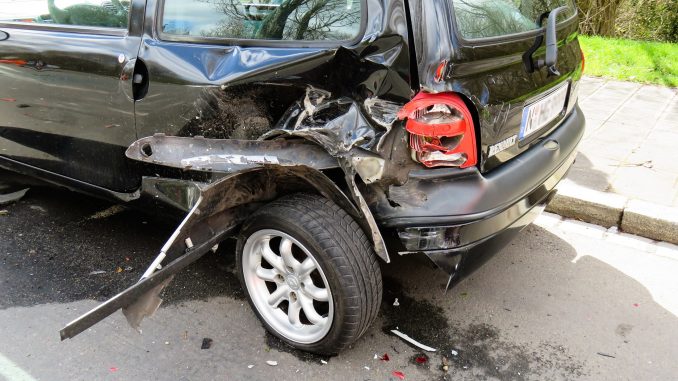
‘Porcelain bumping’, ‘swoop and squat’ or ‘crash for cash’ – the name may vary depending on where you are in the world, but the practice of staged vehicle accidents for money is growing rapidly. The numbers surrounding these fake accidents are nothing short of mind-boggling.
In the United States of America alone, the Federal Bureau of Investigation puts the cost of these fraudulent accidents at $20b to the insurance industry every year. In the United Kingdom it is a more modest £340m, with 55,573 personal injury claims linked to scams in 2015. It costs the average motorist in the UK around £50-100 every year – small beer compared to the $100-300 annually in the US. On the other side of the world in China, no comprehensive figures exists, but it is believed to be becoming more prevalent with the increasing number of vehicles in the country.
There are a number of different ways in which these scams can take place. Frequently it is as simple as a car slamming on the brakes for no need whatsoever – known as ‘swoop and squat’ in the US. Frequently this catches the following driver unawares, causing them to plough into the back of the lead vehicle. Fraudulent claims can then be made for not only damage to the vehicle, but also personal injuries such as whiplash.
Another is ‘flash for cash’ – a car flashing its headlights to allow another to pull out of a junction, only to carry on driving and hit the vehicle in question.
In China, often the scam takes the form of pedestrians walking out in front of slow-moving traffic and deliberately being struck, before claiming it was the driver’s fault and demanding payment. Due to the complex Chinese legal system and the difficulty in proving one’s innocence, drivers will frequently pay a minimal amount to avoid any further problems. It is known as ‘porcelain bumping’ – harking back to dishonest shopkeepers placing a porcelain item of value in a place where it was likely to be knocked over so they could claim compensation from the individual who struck it.
So what is being done to combat the practice?
In China, the response has been slow, but it is gathering pace. In late 2016, courts started handing down custodial sentences and heavy fines. One scam, which saw two men make more than $1,500 after deliberately causing accidents between trucks and mobility scooters, saw 11-month prison sentences and $3,000 fines apiece. Police are being urged to clamp down in a clear message that the ruse will no longer be tolerated.
In both the UK and the US, the courts are also becoming more involved. In late 2016, 21 defendants received total custodial sentences of just shy of 30 years after a staged crash involving a car and a bus in the north of England. The Insurance Fraud Bureau, who work closely with the UK police and even have a hotline to report it, recently had their 500th conviction as more concerted efforts are made to fight the fraudsters.
In the US, Florida has introduced specific legislation to deal with the issue, while other states are close to following suit. More highway cameras are also being installed, with most staged accidents occurring there due to the lack of cameras compared to residential areas.
In Russia, laws are heavily skewed in favour of pedestrians involved in any collision with a car, so drivers are being encouraged to install dashboard cameras. More than 1.5m cars now have them as drivers around the world fight back against the fraudsters.


Leave a Reply